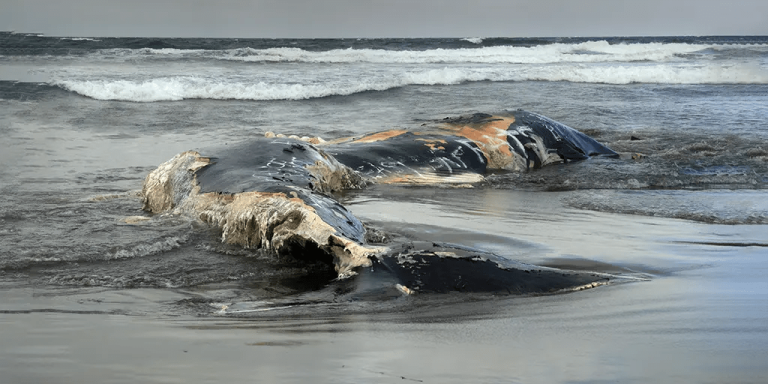from CFACT
David Wojik
We now know offshore wind sonar surveys may have contributed to the whale's death. For details, please see my previous article.
In short, a large proportion of authorized harassment may result in whales being killed.
The question is how should the federal approval process for offshore wind surveys be restructured to incorporate new knowledge of whale deaths? One obvious possibility is to simply ban the practice. This works for me, but is probably too extreme to implement.
If a certain number of whale deaths are deemed permissible, here is an overview of the death allocation process. These include possible identification of sonar-induced deaths of other protected marine species, as well as disturbances from other offshore wind activities. This is basically the death budget for offshore wind projects.
There are three offshore areas where the following six steps should be performed: Atlantic, Pacific, and Gulf of Mexico.
1. The Federal Bureau of Ocean Energy Management (BOEM) identifies existing leases and leases that are underway or may be underway. For each lease, they estimate the potential generation of each lease as well as the likely technology and life cycle.
2. The National Marine Fisheries Service (NMFS) determines the likelihood that each lease, each exposed endangered and protected species, may be harassed over time. Consider all relevant forms of harassment, including noise, wake effects and physical presence.
3. NMFS determines the mortality effects of combined disturbance across all leases on each species. New statistical procedures pioneered by Professor Gerasoulis may have played an important role in this.
4. NMFS determines the amount of allowable harassment that will not adversely affect populations of each species.
5. NMFS and BOEM work together to develop administrative procedures for assigning permissible harassment authorizations to leases. If step 4 is not possible, I recommend that the total allowable amount for all leases be limited to 10% or less of each species' exposed population. We need to have a preset limit on the number of deaths allowed.
6. NMFS allocates harassment authorizations according to established procedures. These allocations may be adjusted over time as knowledge and technology change.
Unauthorized development activities that cause harassment must not be carried out. Please note that numerous offshore wind projects are planned and under development in various stages of federal development:
- operate
- under construction
- Approval for construction
- In the process of approval
- Already rented but not yet applied for approval
- Not yet rented
Projects at different stages may be subject to different allocation treatment, especially those advanced projects that have received substantial authorizations must now be subject to restrictions.
Of course, a lot of death research now needs to be done. This includes creatures other than whales, especially dolphins, which are harassed in huge amounts. It also includes other stages of development beyond sonar surveying. For example, construction nuisance assigned figures are ten times or more higher than survey figures. Then, there's operational harassment, which NMFS has yet to recognize.
The Marine Mammal Protection Act (MMPA) also needs reconsideration. Clearly it was not designed to handle the hundreds of thousands of harassment authorizations issued to offshore wind developers. We now know that many whales are killed due to harassment, and this is a painful fact.
The big question is whether inevitable but deadly offshore wind harassment is legal under the MMPA and the Endangered Species Act.
Relevant
